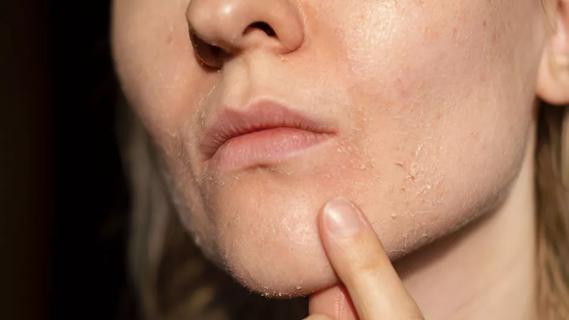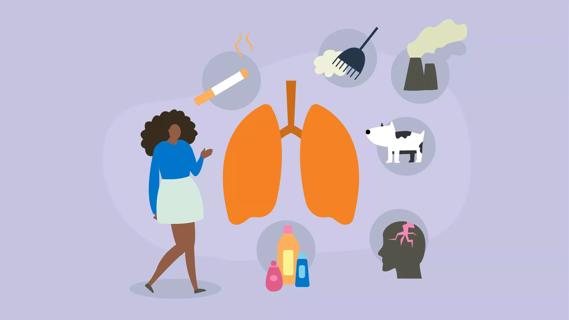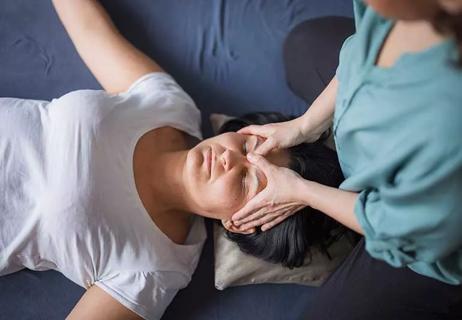Humidifiers improve breathing, reduce lung problems

Static in your hair or the sparks that fly when you touch someone or something in winter are sure signs the air in your house is too dry.
Cleveland Clinic is a non-profit academic medical center. Advertising on our site helps support our mission. We do not endorse non-Cleveland Clinic products or services. Policy
Setting up a humidifier is your best bet for improving indoor air quality and your breathing, says pulmonologist Kathrin Nicolacakis, MD.
“When the air is dry, your respiratory system just isn’t happy. Even if you have no medical problems at all, you can suffer,” she says. “Your skin and nasal passages get dry – all the way down to your lungs. You can wake up with a dry mouth and start coughing for no reason.”
The Environmental Protection Agency recommends keeping your home’s humidity level between 30% and 50%. It also suggests using filtered water in humidifiers, if possible, to avoid the minerals and micro-organisms that unfiltered water might contain.
Dry air can wreak havoc on your nose and lungs and make existing conditions worse, Dr. Nicolacakis says. And, humidity levels that aren’t optimal can harm everyone.
Using a humidifier can relieve:
Regardless of what kind of humidifier you choose, she says, everyone should have some type of humidifier in their home, Dr. Nicolacakis says.
“There’s no magic to a humidifier,” she points out. “But, if you use one, you will feel better.” Here’s a quick breakdown of the types available:
You need to keep tabs on your humidifier to ensure it’s clean and in proper working order, Dr. Nicolacakis says. Try following these three simple steps:
Consider purchasing a hygrometer that will keep a constant measure of your home’s humidity, she says.
“Humidifiers are a preventive measure. Without proper humidity, the air is uncomfortable,” Dr. Nicolacakis says. “This is about maintaining your health.”
Learn more about our editorial process.

Stretch before heading outside, keep proper form and avoid jerking or twisting to throw snow

A distressed skin barrier can lead to red, itchy and scaly skin

If the flakes are undisturbed, pristine white and come from the top layer, it’s typically safe to indulge in a scoop

Often, a throat tickle is due to a cold, allergies or GERD — but see a doctor if it won’t go away

Both conditions have similar symptoms, but different causes and treatments

The effectiveness and safety of many of these options are unknown, so it’s best to stick to traditional care

Avoid triggers like dust, smoke and cold air to lessen your chances of coughing

Your metabolism may torch 1,300 to 2,000 calories daily with no activity

A gentle touch in all the right places may help drain your sinuses